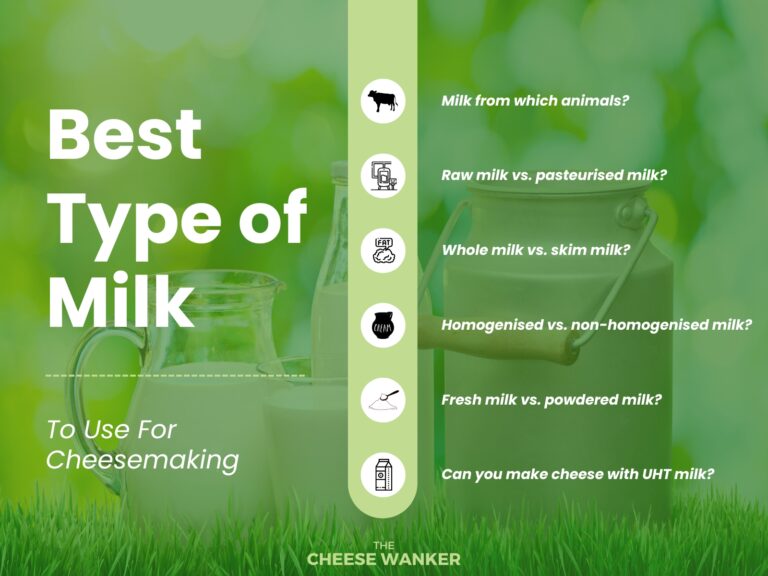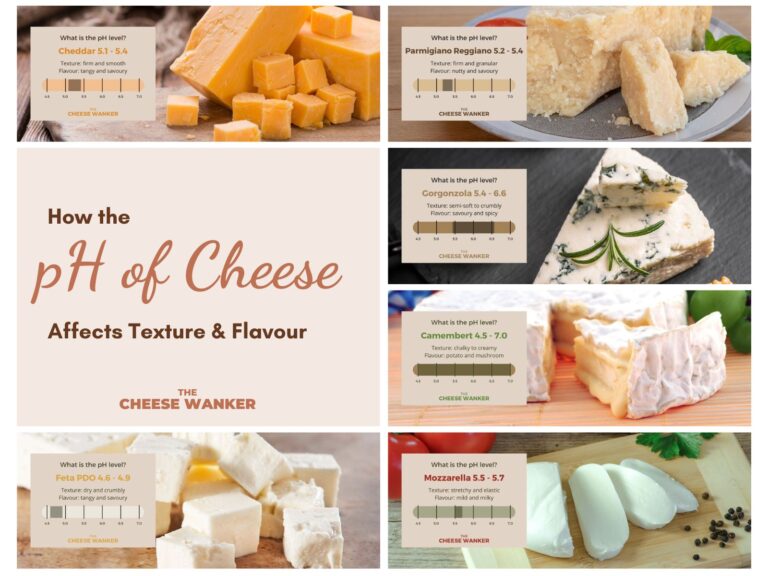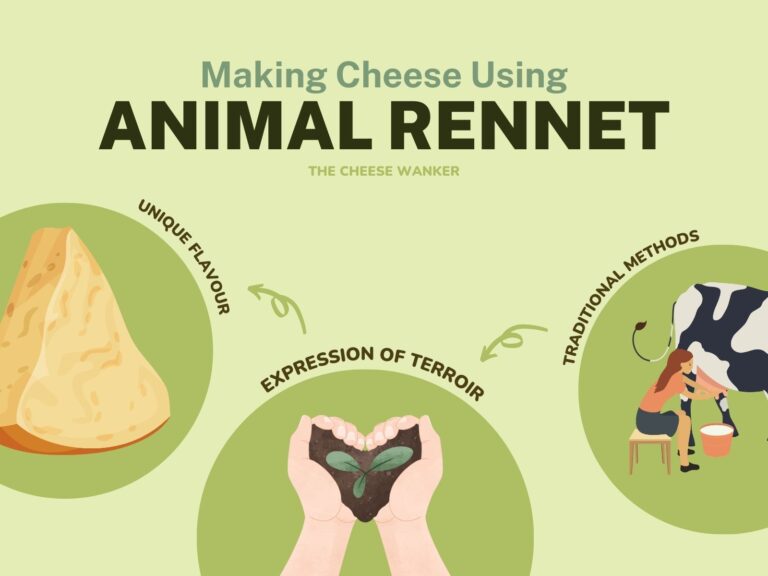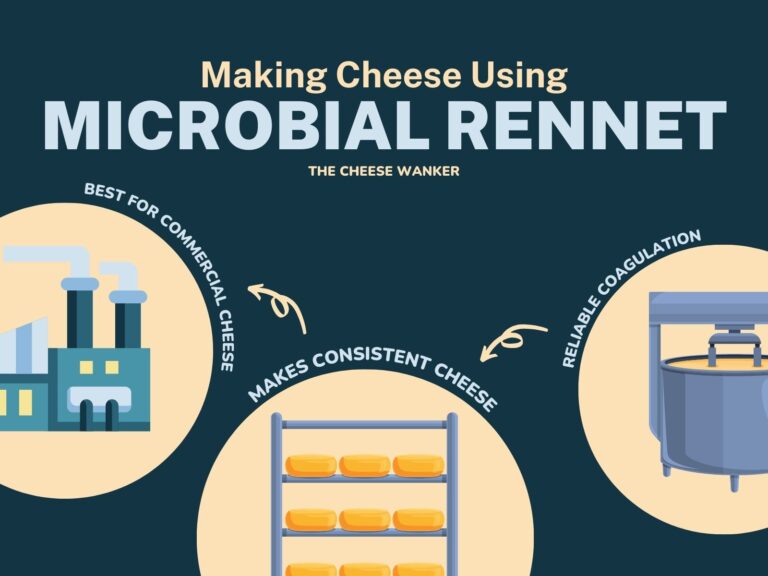Milk pasteurisation is a process that involves heating milk to a specific temperature for a certain period of time to destroy potentially harmful microorganisms. This process has become a standard practice in the production of milk and dairy products, including cheese. In this blog post, we will cover the invention and different types of milk pasteurisation. And its positive and negative effects on cheesemaking.
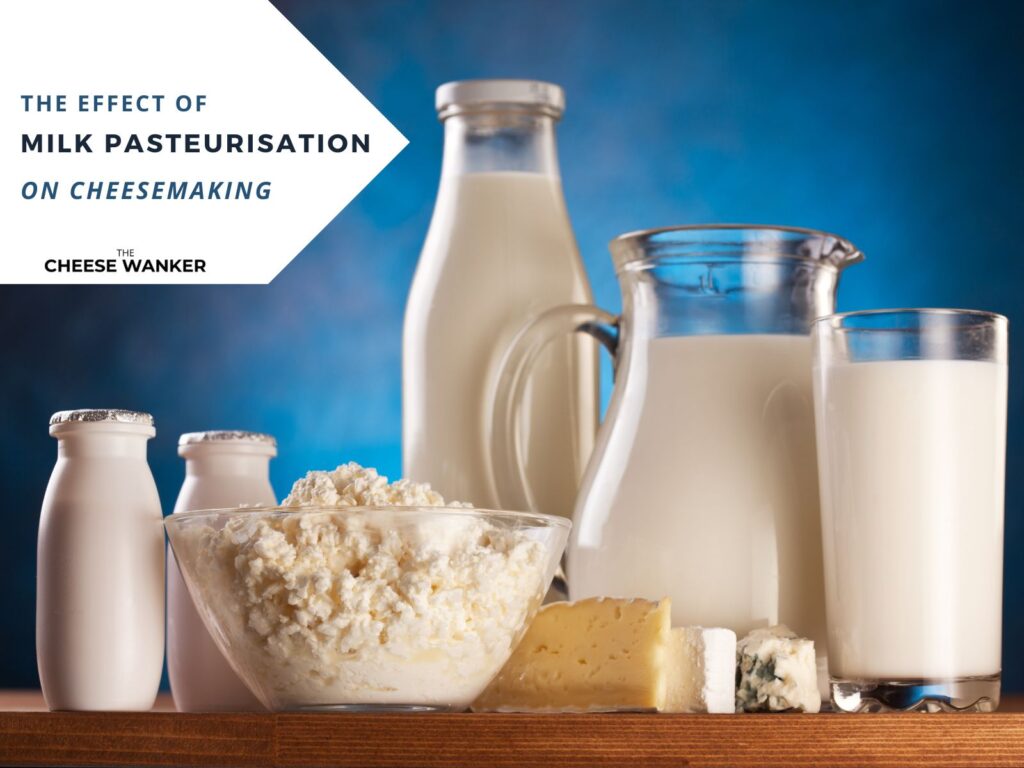
SEE ALSO: Why raw milk cheese is the ultimate expression of time and place →
Invention of pasteurisation
The origins of pasteurisation can be traced back to the mid-19th century when French microbiologist Louis Pasteur conducted experiments to prove the germ theory of disease. In the course of his experiments, Pasteur discovered that heating wine to a certain temperature could kill the microorganisms responsible for its spoilage.
This process, which would eventually be named after him, was soon adopted by the wine industry.
However, it was not until several years later that pasteurisation was applied to the milk industry. In the late 1800s, raw milk was a common source of disease, particularly bovine tuberculosis, which was spread through the consumption of contaminated milk.
But it was not until the early 1900s that pasteurisation became a standard practice in the milk industry.
Different types of pasteurisation
Milk pasteurisation involves heating milk to a specific temperature for a specific period of time to kill harmful microorganisms. Currently, there are four main types of pasteurisation used in the dairy industry.
HTST (Flash) pasteurisation
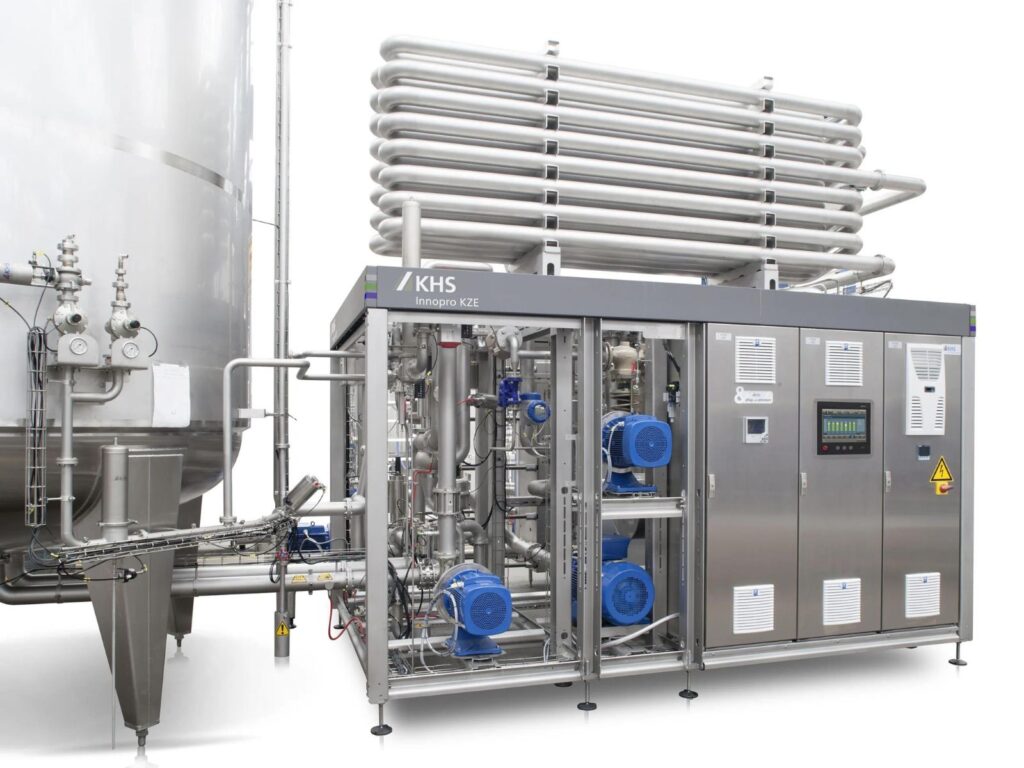
The most common method of pasteurisation is known as high-temperature short-time (HTST) pasteurisation. Flash pasteurisation involves heating milk to a temperature of 72°C (161°F) for 15 seconds.
Because it is cheaper and more time efficient, HTST is often the preferred method of pasteurisation for large-scale commercial cheesemakers.
Effectively, HTST successfully destroys harmful bacteria, including Salmonella, Listeria and E. coli. But it is also detrimental to the natural flora in raw milk which plays a crucial role in cheesemaking.
LTLT (Batch) pasteurisation
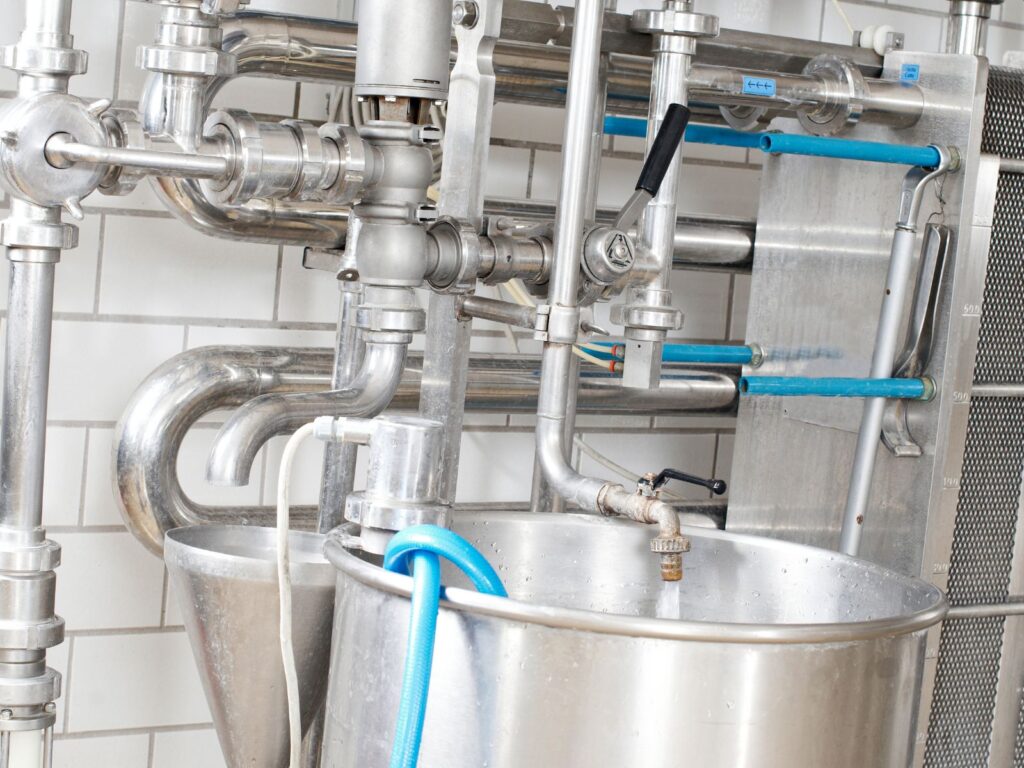
Low-temperature long-time (LTLT) pasteurisation involves heating the milk to 63°C for 30 minutes and then cooling it. In consequence, batch pasteurisation is less damaging to the milk’s bacteria and may result in better cheesemaking results.
However, it requires more time and energy than HTST pasteurisation. Because of its gentler effect on milk, LTLT is favoured by the majority of small-scale and artisanal cheesemakers. However, it still has a negative impact on the natural flora of milk. And this leads us to the next type of “pasteurisation”
Thermalisation
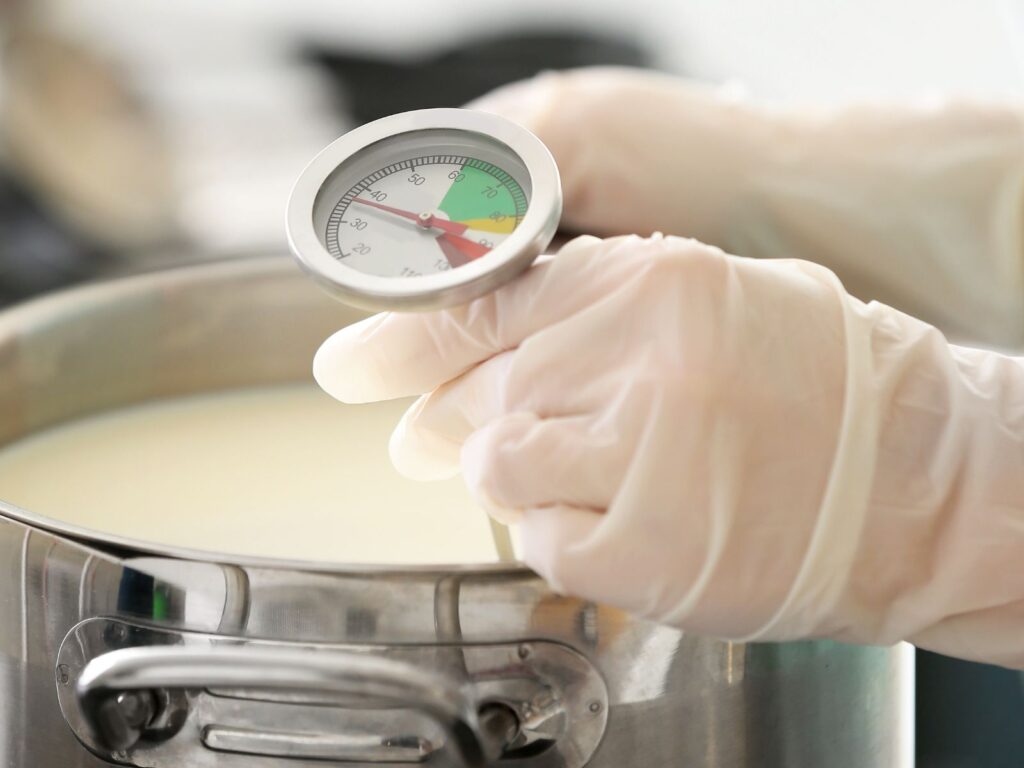
Thermalisation is a milder form of milk treatment that falls between raw milk and pasteurised milk. It is a process of heating the milk to a lower temperature than HTST and LTLT for a more extended period (usually between 57°C and 68°C for 15 to 30 seconds).
This temperature range is sufficient to kill some harmful bacteria but not all. As a result, this process preserves more of the natural bacterial flora present in raw milk. And allows the cheesemaker to craft cheese that better expresses the local terroir.
Thermalisation is often used by small-scale cheesemakers and dairy farmers who are looking for a compromise between raw milk and pasteurised milk. Having said that, bodies like the FDA still consider thermised milk to be raw milk.
As such, all cheesemakers who use thermalisation have to abide by the 60 Day Rule.
UHT pasteurisation
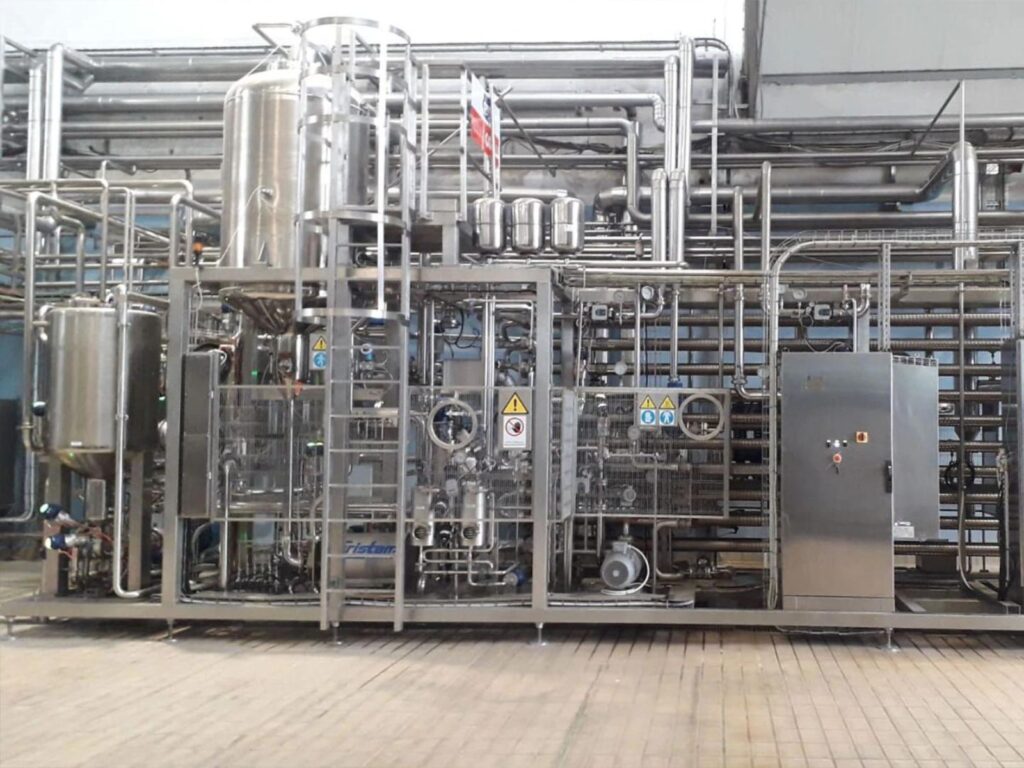
The final method of pasteurisation is known as ultra-high-temperature (UHT) pasteurisation. This involves heating milk to a temperature of 135°C (275°F) for a very short period of time (a few seconds) and then rapidly cooling it.
Presently, UHT pasteurisation is commonly used for milk that will be stored at room temperature, such as boxed long-life milk or canned milk. However, this process renders milk unsuitable for cheesemaking.
Effect of pasteurisation on cheesemaking
Milk pasteurisation has had a significant effect on the production of cheese. While it has certainly contributed to safer commercial cheesemaking, there have also been a number of negative impacts. Let’s have a look at some of the main ones.
Loss of milk microflora
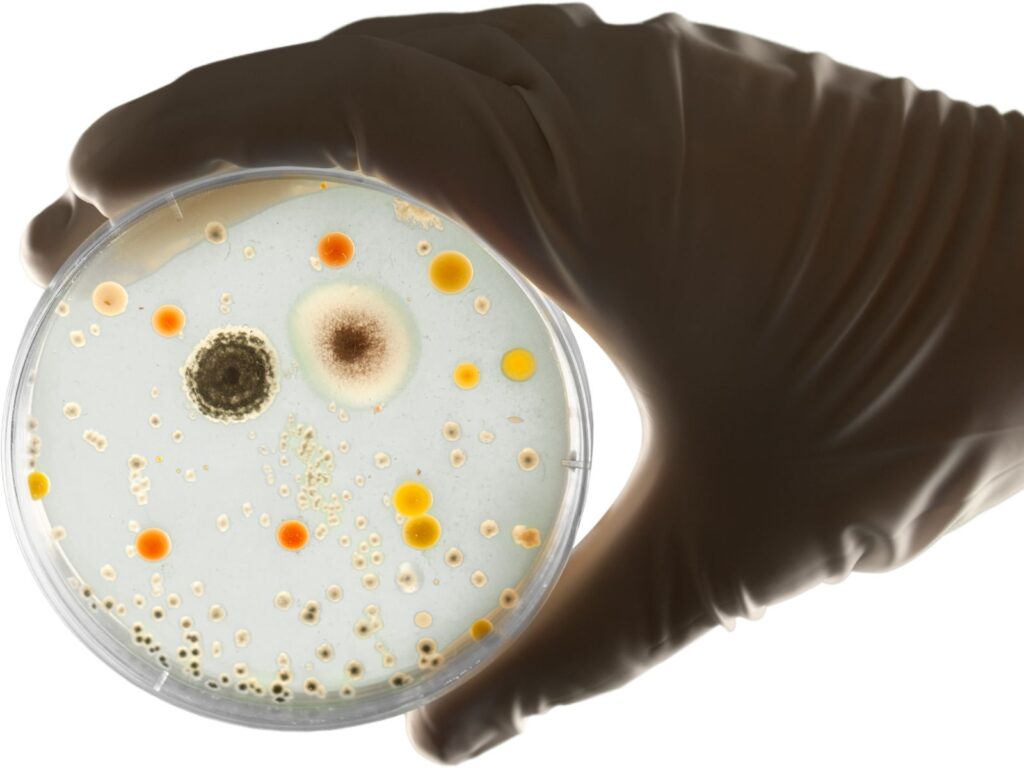
Prior to the widespread adoption of pasteurisation, cheesemakers relied on natural bacteria and other microorganisms present in raw milk to initiate fermentation. This process, known as “ripening,” is critical to the development of cheese’s flavour and texture.
With the introduction of pasteurisation, many cheesemakers found it more challenging to produce cheese with the same complex flavour and texture. This is because pasteurisation destroys not only harmful bacteria but also beneficial bacteria and enzymes.
As a result, some cheesemakers have turned to alternative methods to introduce beneficial bacteria to their cheese, such as using starter cultures. Commercial starter cultures are a carefully selected blend of bacteria and yeast that are added to milk before the cheesemaking process begins.
Effectively, these cultures help to initiate the fermentation process and can produce cheeses with consistent flavours and textures. And this leads us to our next point.
Commodification of cheese
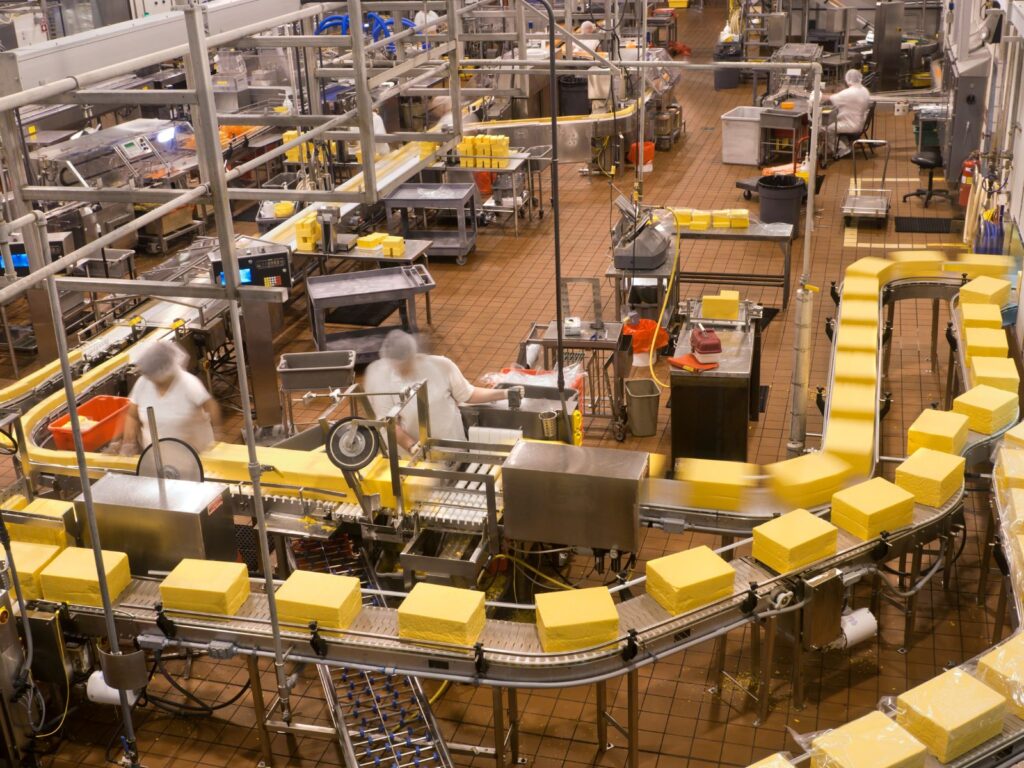
One other result of pasteurisation is the standardisation of milk and dairy products. By removing the identity of the milk and its unique microflora, cheese became a commodity in most developed countries.
Those generic products could be sold at a standard price and pushed producers to compete on that price. Consequently, the market rewarded those who could produce cheese cheaper, and faster.
Accordingly, artisanal small-batch cheesemakers found the market conditions to be very challenging in north American and Australia. Fortunately, we’ve seen a more positive change in more recent times.
Decline in animal care
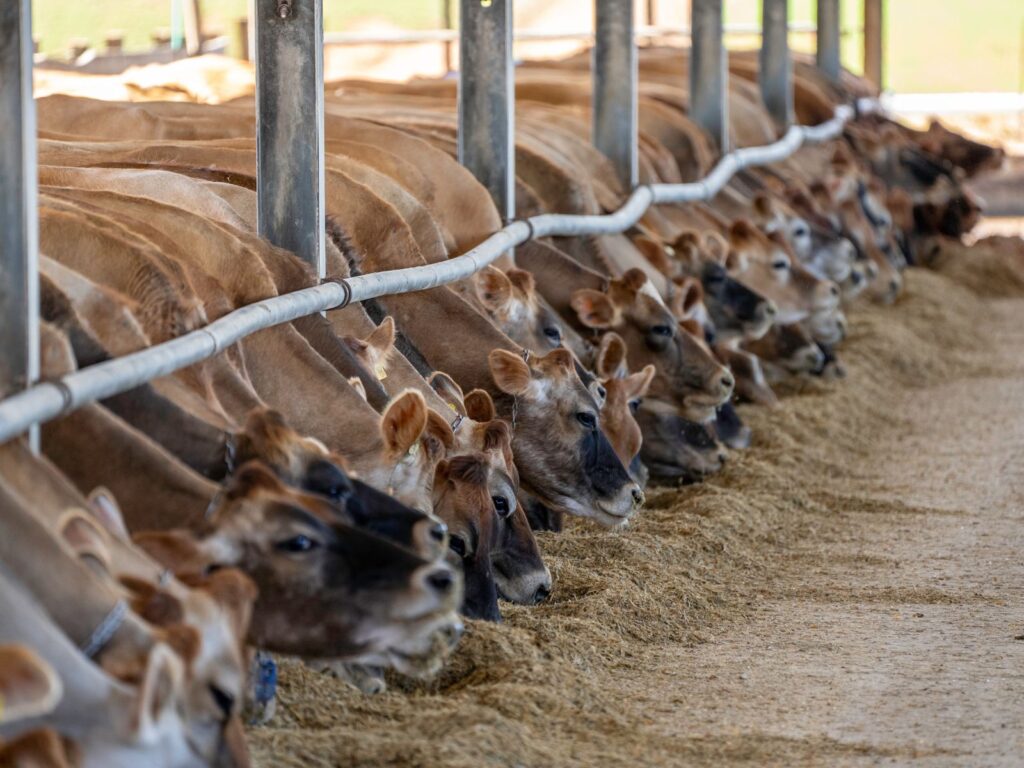
Finally, the increased reliance on pasteurisation has also contributed to a decline in animal care.
One reason for this decline is that pasteurisation has reduced the importance of raw milk quality in the production of dairy products. In the past, farmers were incentivised to produce high-quality milk because poor milk quality could lead to spoilage or contamination.
However, with pasteurisation, many of the issues associated with poor milk quality can be mitigated, leading to a decreased focus on animal care.
Additionally, pasteurisation has made it easier for large-scale producers to consolidate and streamline their operations, leading to the industrialisation of animal agriculture. This shift has resulted in the use of confinement systems, reduced access to pasture and grazing, and increased use of antibiotics and hormones.
Summary: pasteurised vs raw milk
Milk pasteurisation is an essential process in cheesemaking that has played a significant role in ensuring the safety and quality of dairy products. While it has some positive effects, such as eliminating harmful bacteria and standardising milk composition, it can also have a number of negative effects on cheesemaking.
Cheesemakers must balance the benefits and drawbacks of pasteurisation when producing cheese products. Are you a professional cheesemaker? We’d love to hear your thoughts on pasteurised vs raw milk in cheesemaking. Please drop us a comment below.
